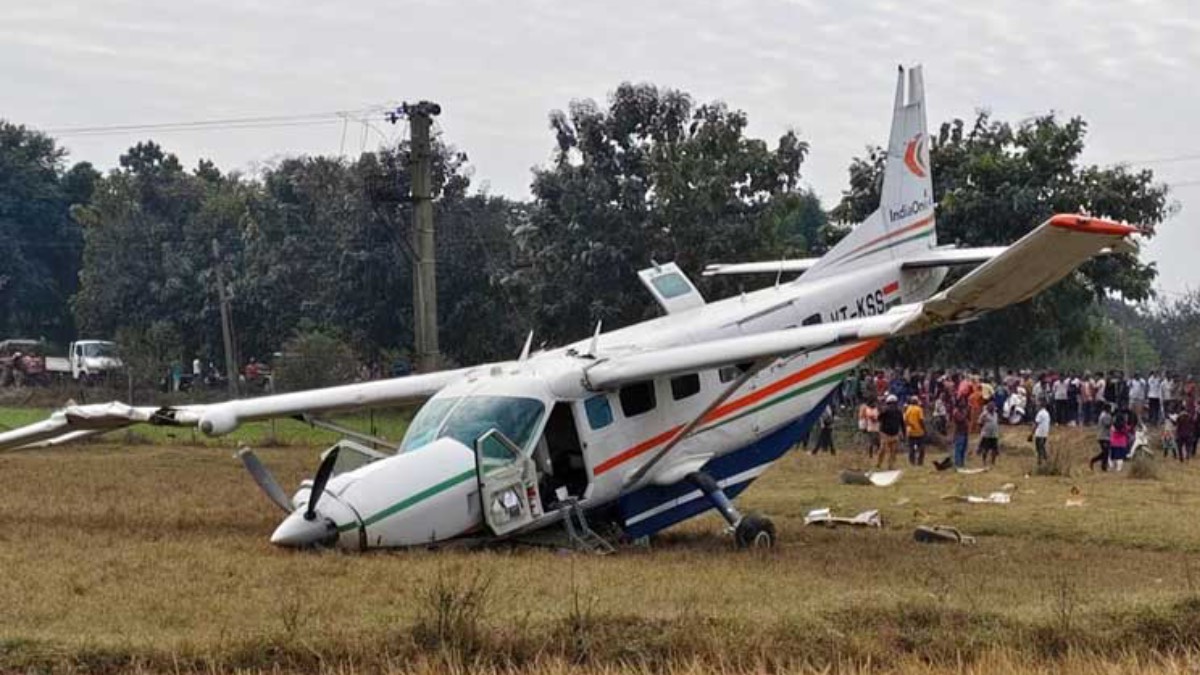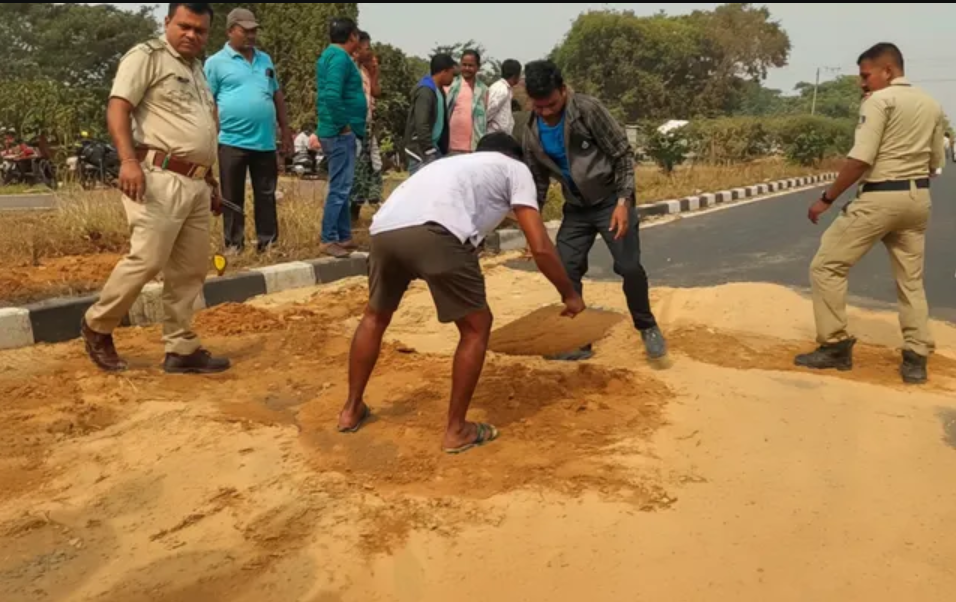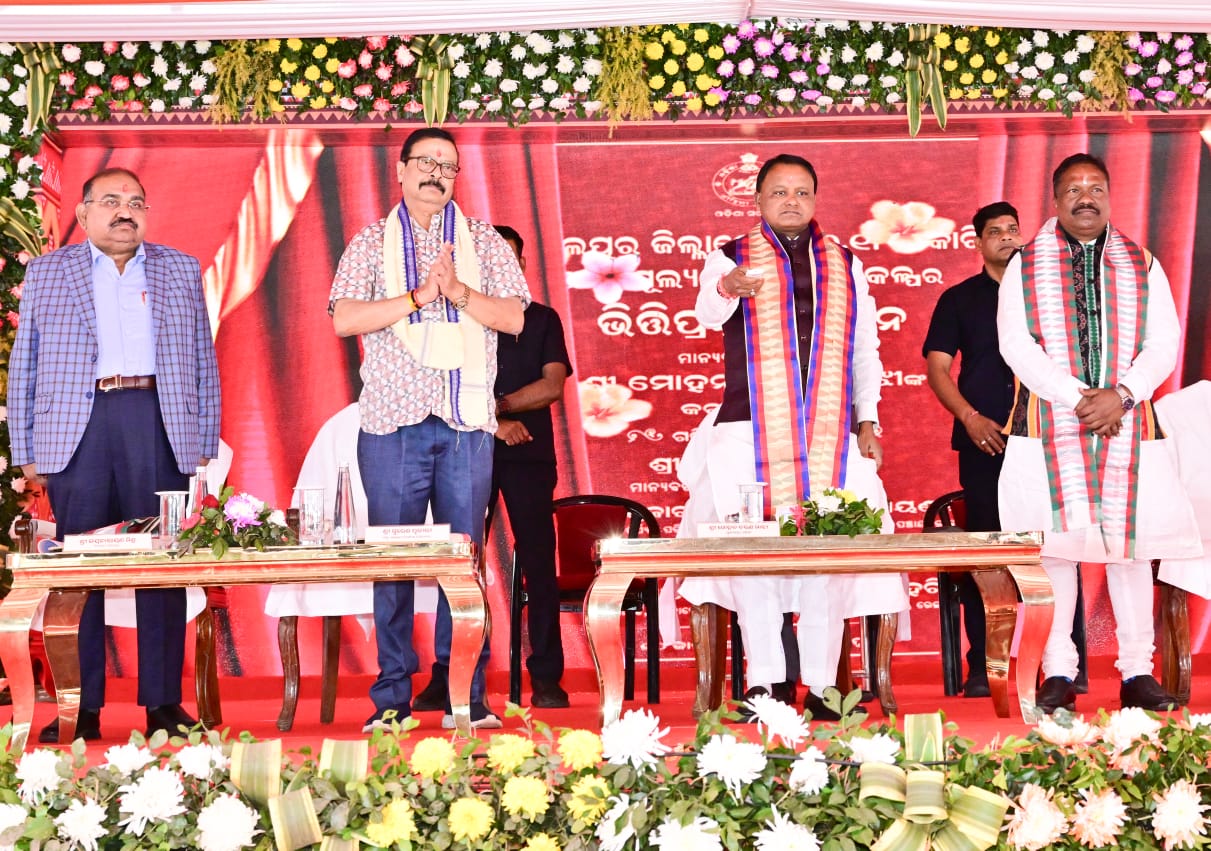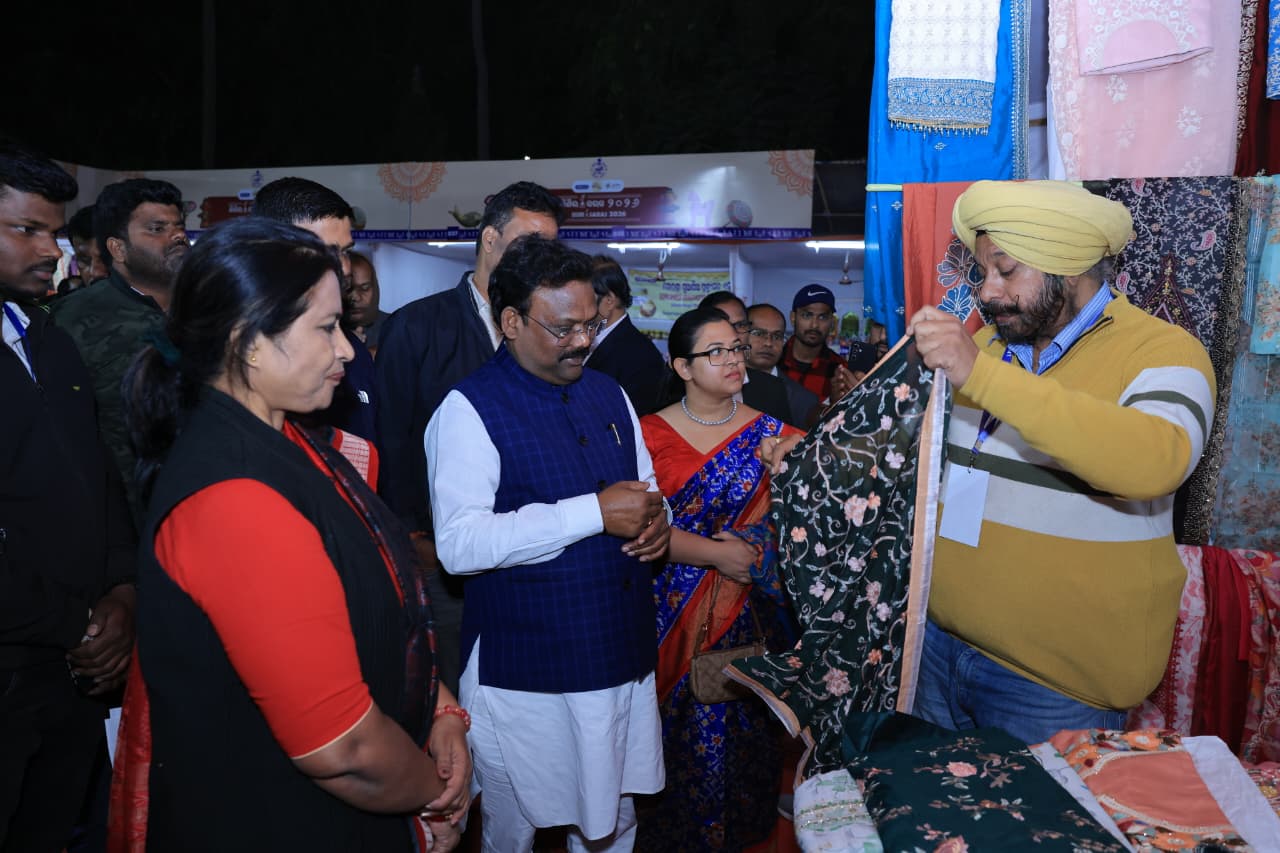Bhubaneswar: In May 2023, Karama Muduli, a girl of primitive Bonda tribe of Bondaghat in Malkangiri district was in news for spending her summer vacation working as a daily wage labourer in the scorching sun to meet her education cost as her parents, who also work as daily wagers, were unable to afford her education.
After becoming district topper in Plus-II Commerce, she was in limelight a year earlier, and got support from a charitable trust to study in the Rama Devi Women’s University in Bhubaneswar. But the high cost of staying and studying in Bhubaneswar and lack of funds for arranging logistics forced her to indulge in manual labour to meet her daily expenses. Following the news report, she was duly assisted by the ST & SC Development, Minorities & Backward Classes Welfare Department to carry on with her higher education and go forward fulfilling her dream of becoming a civil servant.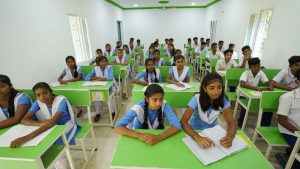
Like Karama, another girl from her community, Sumita Muduli, a Plus-III Arts student of Biju Patnaik College in Malkangiri, was also working as a labourer was also assured scholarship by the officials.
While Karama and Sumita were meritorious and got the support of the state government to go forward in continuing their higher education, many students mostly those from the scheduled tribe communities can’t pursue higher studies due to various socio-economic reasons including acute poverty, soaring cost of higher education, lack of logistical support,, limited resources in tribal areas, inaccessibility of quality education nearby and many more. These challenges contribute to higher dropout rates, particularly at critical educational transitions mostly after Class VIII and X.
The dropout rates in Odisha’s secondary and higher secondary education is among the highest in the country, and Odisha’s performance has dropped in the SDG India Index 2023-24 report in accessing quality education in last two years in comparison to its 2020-21 report. Odisha is still in aspirant category in SDG-4 or Quality Education. The worst dropouts in Odisha’s schools is mostly contributed by the tribal students, who have several practical reasons. This has been a matter of significant concern for the government.
Instead of hiding this harsh reality, the Odisha government have not only been accepting the fact but also have brought a unique scheme to tackle dropout in tribal schools. Accordingly, the government offers a compensation or remuneration or haath kharcha for students to dissuade them from quitting education and influence them to take up higher study.
Taking a positive step towards arresting high dropout rates in Odisha’s schools mostly among tribal students, the state government has brought out a first-of-its-kind scheme to provide monetary incentive or haath kharcha for these students to encourage them to stay focused on their education. Accordingly, the Odisha government, in its Budget 2024-25 presented in the Odisha assembly recently, announced Madho Singh Haath Kharcha scheme for tribal students who will get an incentive of Rs 5000 annually.
“To address the issue of high dropouts, the government has included a specific agenda in its manifesto. According to enrolment data for the academic years 2020-21 and 2021-22, dropout rates are notably higher among ST students in classes VIII and X. In response, the state government has introduced the Madho Singh Haath Kharcha scheme with an allotment of Rs 156 Crore budget. Under this initiative, ST students who pass Class-VIII or Class-X and enroll in the Class-IX or Class-XI will receive an incentive of Rs. 5000 annually,” said Mohan Charan Majhi, Chief Minister in his budget speech.
The scheme is expected to benefit approximately 300,000 ST students this year, with the government allocating Rs. 156 crores in the current budget to support this initiative. The scheme has been named in reverence of freedom fighter Madhab Singh Bariha or Madho Singh, a landlord from Ghess in Baragarh district, and a close associate of Veer Surendra Sai during the uprising against the British in 1857.
“The Madho Singh Haath Kharcha scheme aims to reduce dropout rates and promote continued education among tribal students, helping them overcome socio-economic barriers and achieve academic success,” said Roopa Roshan Sahoo, commissioner-cum-secretary, ST & SC Development, Minorities & Other Backward Classes Welfare Department, Government Of Odisha.
However, cynics see such efforts of the government as mere eyewash and criticise the scheme to be only a stop-gap arrangement without any long term planning. They critique that such a small amount may not dissuade the students who might anyway drop out for daily wagering and migrate to other states in search of work.
However, experts believe that this effort is made to provide the tribal students some form of assistance which will help cover their educational needs or logistical arrangements for higher education. They are hopeful that this scheme will definitely help reduce the dropout rates among tribal students.
Besides, an outlay of Rs.1,170 Crore is proposed in the current year’s budget for disbursement of scholarships to students belonging to Scheduled Tribes (ST), Scheduled Classes (SC), Other Backward Classes (OBC) and Economically Backward Classes (EBC).
The SSD & MBCW Department of the Odisha government runs 6000 hostels including 1735 residential schools where around 6 lakh students from around 5 lakh households, mostly tribals, are getting quality and affordable education.


